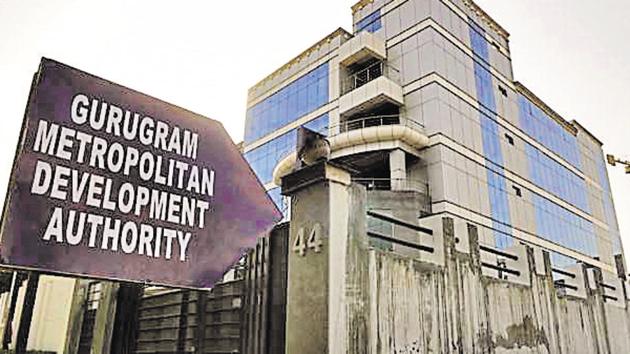Public consultation necessitates a serious push, not a symbolic effort
Why is public consultation done only for privately funded projects and not publicly funded ones? More than 99% of the infra works are publicly funded.
A couple of weeks ago, I saw some interesting messages on the social media on how the planning of infrastructure projects is changing in Gurugram. Many of these posts were congratulating the Gurugram Metropolitan Development Authority, or GMDA as it is known, for calling a public consultation on the construction of a foot overbridge (FOB) near Shankar Chowk by a private developer.

I was puzzled to see the congratulatory messages because it has been seen the world over that not consulting communities for major infrastructure projects can have serious negative impact. Therefore, establishing dialogue with stakeholders and local communities is now recognised as an important step in the development of a project. In this regard, while consulting the people for the FOB may be a good step, the euphoria around it actually suggests a deep rot in our system. Let me explain why:
Mandatory, Not Symbolic
Public consultation for the said FOB project is done because of the provision in the GMDA Act, which requires that any private infrastructure project meant for the public needs to be put before the people for consideration and feedback. However, the question is—why is public consultation sought only for privately funded projects and not for the publicly funded ones? This question gains even more importance when one considers the fact that more than 99% infrastructure projects are publicly funded.
For example, if a proper public consultation was done for the flyover project on Subhash Chowk the outcome would have been vastly different. The project continues to remain grossly underutilized even after the authorities stopped all the traffic movement below the flyover, except for the traffic headed straight to Sohna Road. Crores that were spent on the project could have been put to better use had the public been consulted.
Develop a structured process
Public consultation for most infrastructure projects is ad hoc because both the administrative and the technical team see it as a waste of time. However, the Indian Railways sees this differently and has established the Railway Users’ Consultative Committee to get better feedback from railway users on matters relating to the service. While, there may be issues around how these meetings are conducted, it is a great way of seeking structured feedback as the committee operates at three levels—the divisional, at the headquarters of each zone and a national council.
The mess on Sohna Road, which took place because of mindless blocking of all access points on service road, would not have happened had there been a consultation around the proposal with residents. I am sure that the residents would have provided the muchneeded common sense to the project, which the engineers missed, in this case.
The science of consultation
Public consultation has largely been perceived as a big gathering, which starts with a presentation, followed by chaotic discussions and ends with either abuse or fight. However, consultation involves informing people about the project, seeking feedback, getting them involved in the project, partnering with the public and help select the best alternative and finally, empowering the public through right decision making.
Now imagine that if by using this process, the public was presented with the option of choosing between spending ₹1,000 crore on three underpasses or running a fleet of 2,000 buses for free for the next 10 years, I am sure three underpasses would not been built, and rightly so. It is evident that civic agencies are happy to spend crores on unnecessary infrastructure, but don’t have a fraction of that amount for necessary investments. For example, the FOB at Shankar Chowk should have been constructed a decade back. In fact, it has been a dire necessity since 2013 when the Rapid Metro started operations. A study by Wri-india on developing access to the Rapid Metro suggested a pedestrian crossing facility at Shankar Chowk with immediate effect in 2014.
Looking at the GMDA website, only four projects have been put up for public consultation—the FOB at Shankar Chowk, City Bus Service, Liveability Parameters and feedback on the GMDA website. But none of the major, or even minor, infrastructure projects such as flyovers, road widening projects have not been put up for public consultation. Why?
Public consultation is a serious affair and should be given its due. If done in the right spirit and correctly, public consultation can do wonders for a city’s infrastructure. Therefore, it is time that cities move towards consulting the people by making a more sincere effort.
(Amit Bhatt is the director of integrated transport, WRI India)




